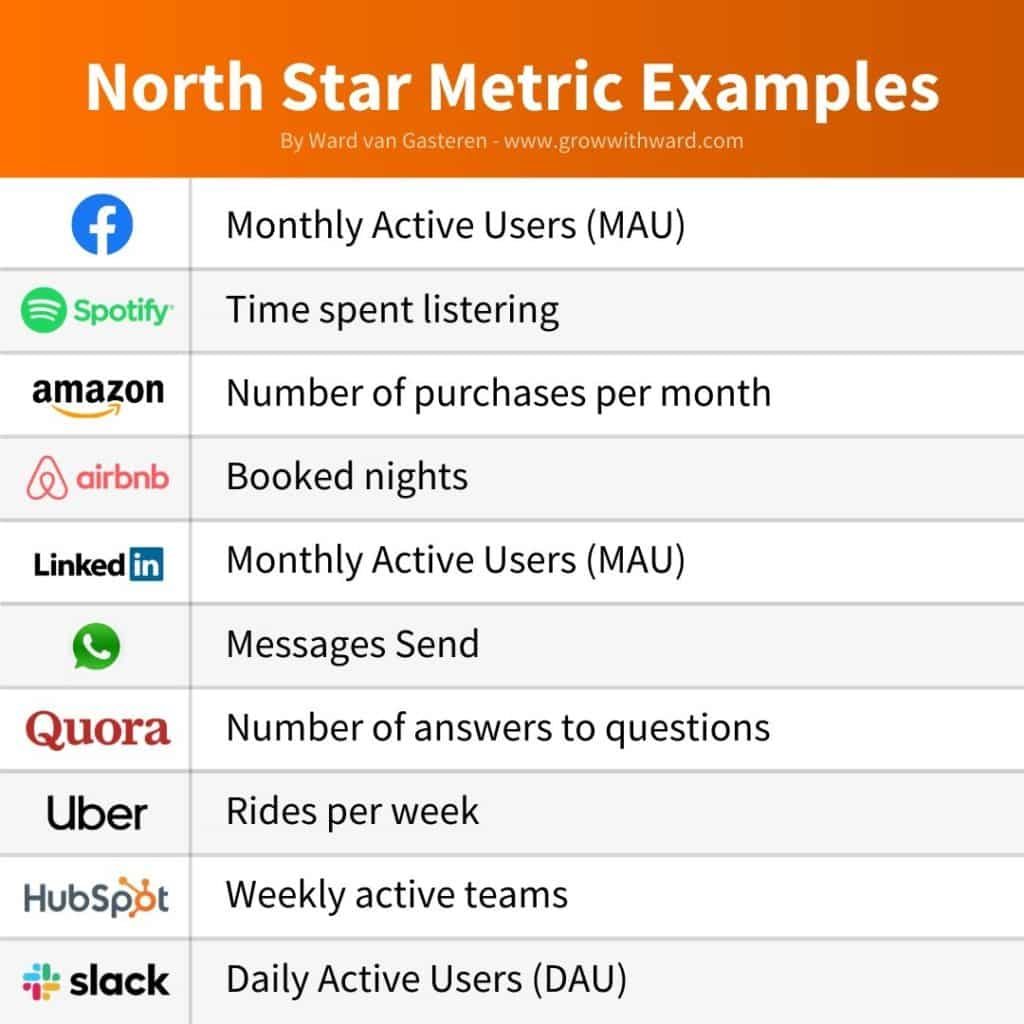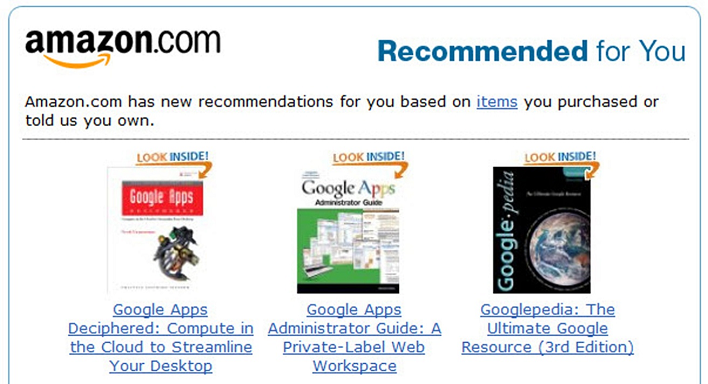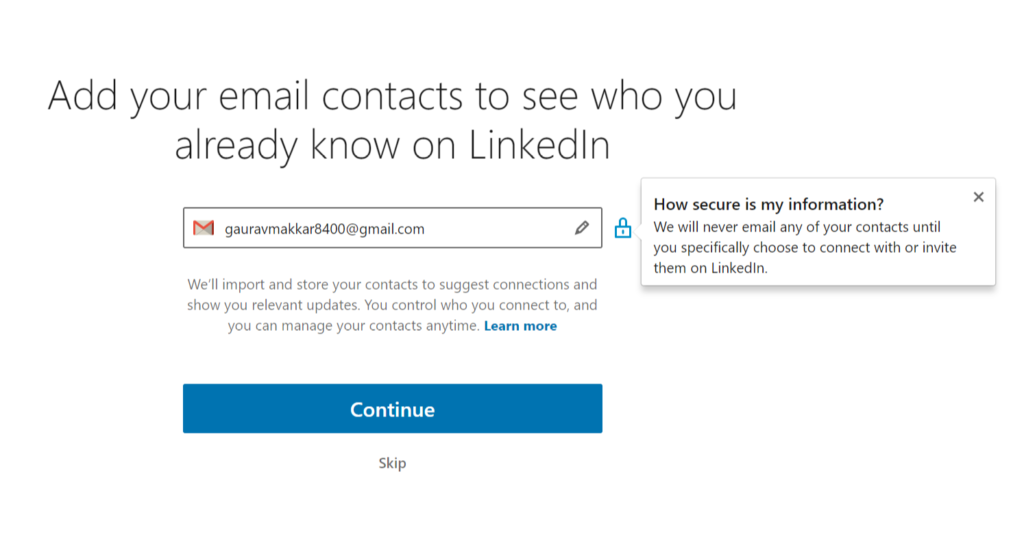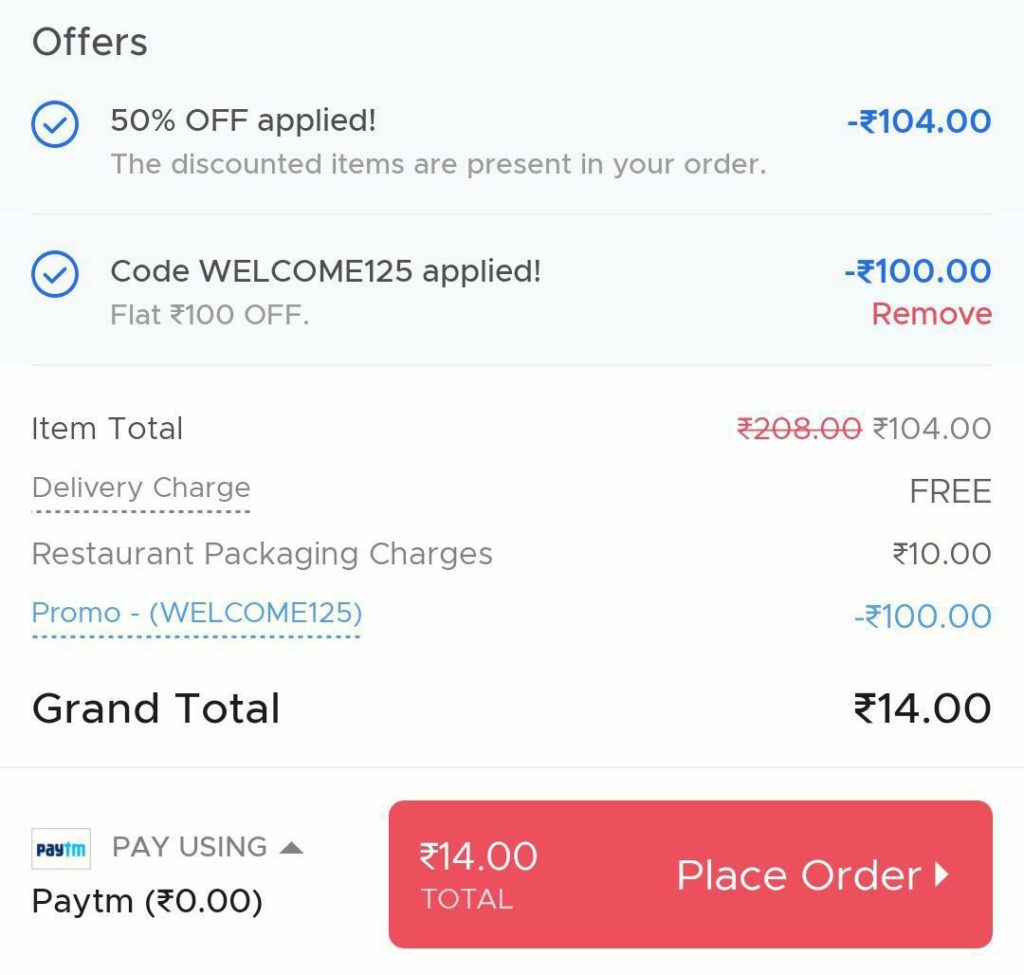Well…by helping customers get a good night’s sleep!
A famous British writer once said,“When the going gets tough, the tough take a nap.”

And with an aim to provide the best naps and revolutionize the quality of sleep among Indians, while clocking a revenue of Rs 410 crore in FY21, a 2X growth from FY20, is the D2C startup Wakefit.

How did this Bengaluru-based sleep and home solutions startup manage to achieve this in India?
Doesn’t take a rocket scientist to grasp that sound sleep can do wonders for one’s body and mind. It can help you improve immunity, increase concentration, stay in shape, and look younger. Fascinating, isn’t it?
However, not all are lucky enough to fall asleep in a jiffy. A worldwide survey for ranking sleep patterns revealed that Indians fell under the most sleep- deprived segment. Wakefit was established to tackle this very issue and eliminate the menace of sleep deprivation once and for all.
Tough days should end in a comfortable bed. That’s what they aim to provide.
Wakefit is a Bengaluru-based startup which operates with an overall objective of bringing sleep into Indians’ consciousness and helps them take steps to improve their sleep health through effective products.
Founded in 2016 by Chaitanya Ramalingegowda and Ankit Garg, this direct-to-consumer startup started by offering premium mattresses at affordable prices. Eventually, it launched sleep accessories like back pillows, neck support pillows, comforters, etc.

The Wakefit team believes that quality sleep is a basic need and not a luxury; this mantra motivates the team to focus on innovation in product development, efficiency in processes and cost optimization, and excellence in customer experience. This makes Wakefit’s superior quality products 40%-50% cheaper than those sold by established brands.
The motivation to start-up was born out of Ankit Garg’s personal experience of buying a mattress. He comes from a strong ‘foaming’ background, having worked with a German multinational in the space.
When he experienced the journey of buying a mattress through the traditional business model, he realized that there was no innovation in the product that was being sold; it was highly overpriced and the sales representatives of retail stores had no knowledge of the science of sleep. This sparked the drive to change the way Indians accessed sleep products in the country.
One day over a cup of coffee, Ankit and Chaitanya Ramalingegowda decided the time was ripe to revolutionize sleep and make good-quality sleep products accessible to larger masses in the country by bringing in efficiencies in the business model. The growing popularity of D2C brands fuelled the idea to start an online model where products were manufactured at a centrally located plant and shipped directly to customer households.
Before launching Wakefit officially, Ankit bought a few hundred mattresses and sold them on Amazon in 2015 to understand the unit economics. He made a profit of INR 60 lakh in this trial period.
Cut to 2020. In just four years, Wakefit had galloped to become a ₹200-crore brand in revenue. From selling a paltry four mattresses per day during the first few months, the startup now clocks a daily rate of 1,500, and caters to over 5 lakh customers across 19,000 pin codes in India.
When they started Wakefit , Ankit and Chaitanya undertook the deliveries themselves for the first 100 customers to closely understand and learn in terms of customer behavior, attitudes, and pain points.
Ankit shares that those experiences taught them how to improve their product in terms of longevity, aesthetics, packaging, thickness (soft/medium/hard), and helped them understand customer pain points better. The direct feedback received from the customers aided a lot in the development of the core offerings that Wakefit provides today.

Experts opine that the comfort and adaptability to a mattress can only be judged by an individual once he or she sleeps on it and experiences it for at least 14 days. A cursory visit to the store cannot give an indication of the quality. That is why Wakefit provides a 100 day free trial with 100% return policy. This policy also helped build confidence among customers in the online mode of purchase. The insights enabled Wakefit to model its organizational structure such that the customer pain points are adequately addressed right from the product development stage till the post-sale customer experience stage.
Wakefit.co has built a community of over 4 lakh customers and has garnered more than 12,000 positive reviews online that have propelled the business forward. The company never spent heavily on advertisement. Word-of-mouth marketing has been the most potent tool that has helped the Wakefit team build the business in a steady and sustainable manner. The firm also does a lot of online content marketing on the importance of sound sleep and health.
Today, Wakefit mattresses are among the best sellers in the category on Amazon. The company claims that it sells more mattresses than Urban Ladder and Pepperfry put together.
There is of course much more to the success of Wakefit than the 100-day offer.
If you want to learn more about the marketing and growth strategies that fuelled the success of this D2C startup , you can do so from the expert driving growth at wakefit himself- Parasar Sarma , VP Growth – Wakefit.
Apply to be on the waitlist for our next D2C marketing cohort!



















